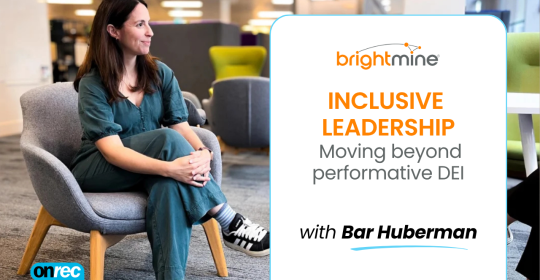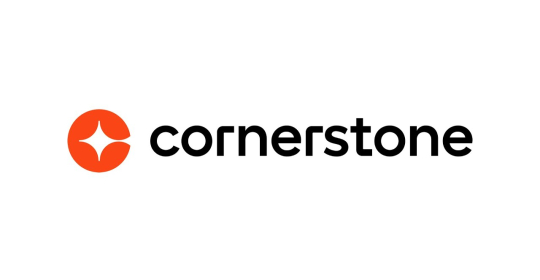The COVID-19 pandemic has caused significant damage to the US economy.
Strict lockdown measures shuttered businesses, some permanently, and caused unemployment rates to rise from a historic low of 3.5% in 2019 to nearly 15% in April, with approximately 21 million Americans out of work.
In this highly competitive market, job seekers are increasingly looking for new — and more digital — ways to stand out from the crowd. Most recently, this has included the use of sleek online resumes, helping to showcase an applicant’s expertise in an engaging and impactful way.
Where once, resume websites and interactive portfolios were the preserve of graphic designers and those in the creative industries, now a growing number of industry professionals are looking to create their own online.
This trend has been accelerated by the launch of easy-to-use website builders and apps, helping job seekers create stunning resumes without the need for any coding or even design skills. With this in mind, here are five top tips to you craft your own, perfect online resume:
1. Find the right resume website template
A ready-made template simplifies and speeds up the creation process with pre-designed layouts and features to display examples of your work and past experience.
When choosing your template, you should check whether it gives you the space to present yourself the way you want to, and if it provides enough customization options to help you stand out. Also check if the template is responsive for mobile as well as desktop visitors.
2. Customise the look and feel
Industry studies show that recruiters spend on average six seconds per resume before making a decision. As such, that first impression really matters. When you’re editing your site’s layout and look and feel, it’s recommended to choose a color scheme that suits your personality but remains professional. Keep your navigation easy to follow and leave enough space on your page for your content to breathe.
This is also a chance to demonstrate a little creative flair and try something different. Online tools with drag-and-drop builders will make the process quick and effortless. You can also get portfolio design inspiration from sites such as Creative Bloq or Awwwards.
3. Make it personal
Share the information about your skills, education and experience in a concise and easily digestible way. The most important and recent details about your education and work history should come first. It’s particularly important to make the information relevant to the types of jobs you’re applying to.
Consider including positive testimonials about your work to back up the information in your resume, along with examples of your work, and any awards or certificates received.
A professional picture of yourself in a prominent position will add that final personal touch.
4. Get serious about SEO
While you’ll often be sending potential employers a link straight to your online resume, it’s also useful for them to be able to find you. To make sure your resume site is SEO-friendly, you should include keywords in your content that relate to the kind of work you do. You might keep a blog to get fresh content on your site and increase the number of keywords.
It’s also important to add meta information to pages and images in order to tells search engines Google what your website is all about. This can prove vital when helping potential employers to find you.
5. Publish, share and update
Once you’re happy with your online resume, it’s time to get it published and shared with your potential employers as links added to your applications.
Though you’re finished, remember to keep your website fresh with up-to-date information about your skills and experience, and consider writing a blog about your latest projects or whereabouts.
Expressing your unique skills and valuable experiences in a compelling way has never been easier. With the help of simple, out-of-the-box online resumes you can share them with the world quickly and effortlessly.






